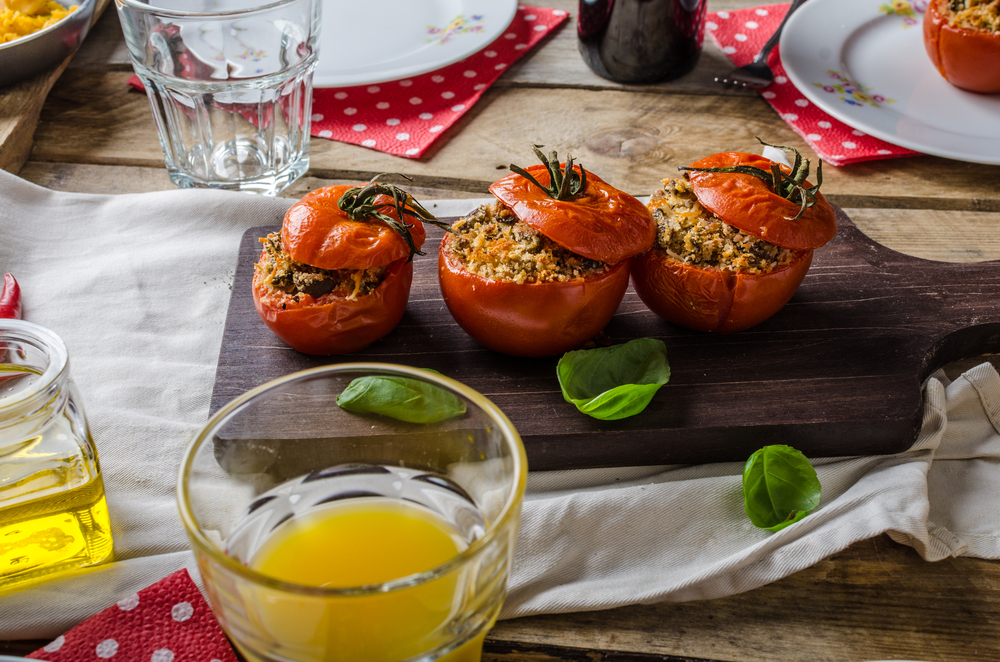
You’ve just been to your doctor for a checkup and found your results to be less than desirable. Maybe your blood pressure was over a good range, your sugar was a tad on the high side, or the usual extra pounds didn’t budge even though you’ve been trying that new diet. Or maybe you just got the results back on your blood panel and your high cholesterol levels were the main topic of discussion at your consultation.
With all the yummy goodies available in restaurants and your local grocer’s aisles, it’s hard not to develop the group of risk factors known as metabolic disorders. These include obesity, high blood sugar, high blood pressure and high blood cholesterol. Depending on your doctor, you may be advised to change your diet.
And in the back on your mind, you’ve always known you should change what you eat. Particularly after we reach 40, our bodies have different energy requirements and a dietary composition tailored to a slowing metabolic rate. Perimenopausal women at this age have lowering estrogen levels, which mean less heart protection and new calcium requirements to avoid brittle bones up the road.
For a number of reasons, a vegetarian diet is a great solution to middle-aged health concerns.
Don’t get me wrong, simply cutting meat is not the answer! Vegetarian diets, if not planned thoughtfully, can lead to some of the same problems! Many people who are newly transitioning from meat to veggie eat more dairy to make up for the absence of meat or start just having the fries and soda pop part of meal combos when they eat out. Or they begin to use the highly processed fake burgers, chikn’or pork substitutes with questionable nutrition and ingredients. You might be afraid to really read the label on meat substitute products!
If these are the changes you make, essentially all you’ve done is deducted high quality protein from your diet and added more fat and carbs.
If you’ve been an omnivore all your life, you can’t fool your body into accepting a new veggie diet like turning on a light switch. However, you can make gradual changes leading up to your change to a vegetarian diet.
Take stock of grains
If you’re eating a lot of refined grains such as white flour and white rice, replace them with whole grains. Better nutritional value in the whole grains will reduce your craving for meat.
How are you seasoning?
White sugar and plain iodized salt are demineralizing to your body and will send your body searching for more nutrition, which can cause meat cravings. If you use sweetener, replace your white sugar with honey or an unbleached sugar and use natural sea salt, which will be pink or grey in color, to get the full mineral content. Still use sugar and salt sparingly.
See less red
Instead of giving up meat cold turkey, start by reducing your intake of red meat, then poultry, then pork. Have small amounts of meat products over a period of time to reduce binges.
Cut back dairy
Begin to reduce dairy products very slowly. You may still have some dairy to a vegetarian diet unless you wish to go vegan.
You can make these simple changes on your own. However, I can help you with your transition by preparing fresh, delicious vegetarian meals full of nutrients and lovely tastes to make your heart and taste buds sing! Contact me to find out how I can help you enjoy quality food to improve your health!

